
How to Use ICS-43434: Examples, Pinouts, and Specs
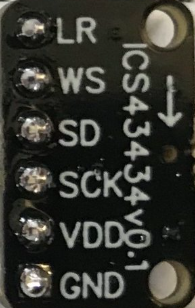
 Design with ICS-43434 in Cirkit Designer
Design with ICS-43434 in Cirkit DesignerIntroduction
The ICS-43434 is a high-performance, low-power digital MEMS (Micro-Electro-Mechanical Systems) microphone manufactured by TDK InvenSense. It is designed for audio applications requiring high-quality sound capture in a compact form factor. The ICS-43434 features a high signal-to-noise ratio (SNR) and low power consumption, making it ideal for use in smartphones, tablets, laptops, and other portable devices. Its digital I²S (Inter-IC Sound) output eliminates the need for an external analog-to-digital converter, simplifying integration into digital audio systems.
Explore Projects Built with ICS-43434
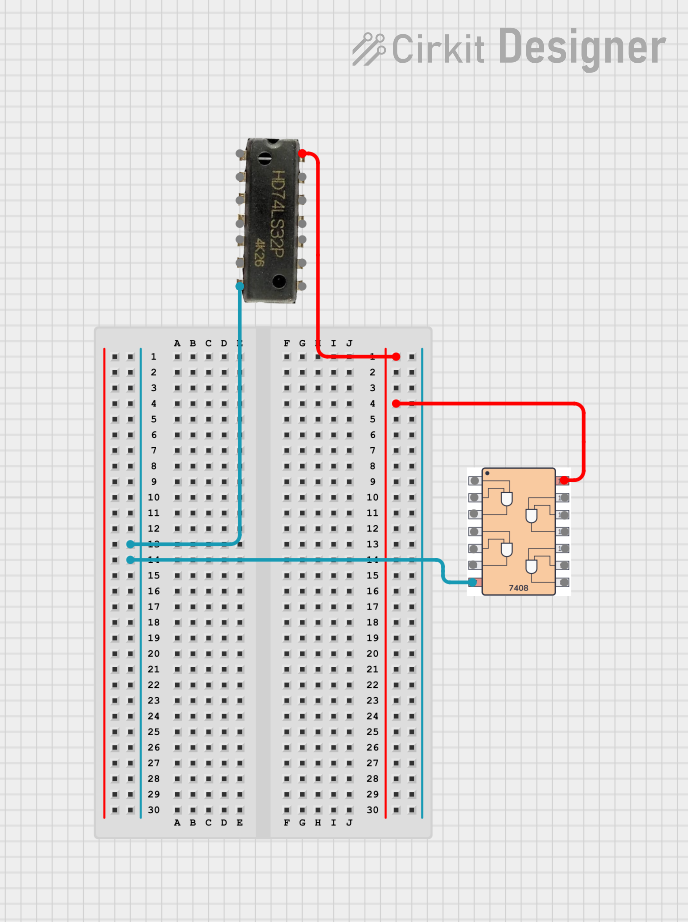
 Open Project in Cirkit Designer
Open Project in Cirkit Designer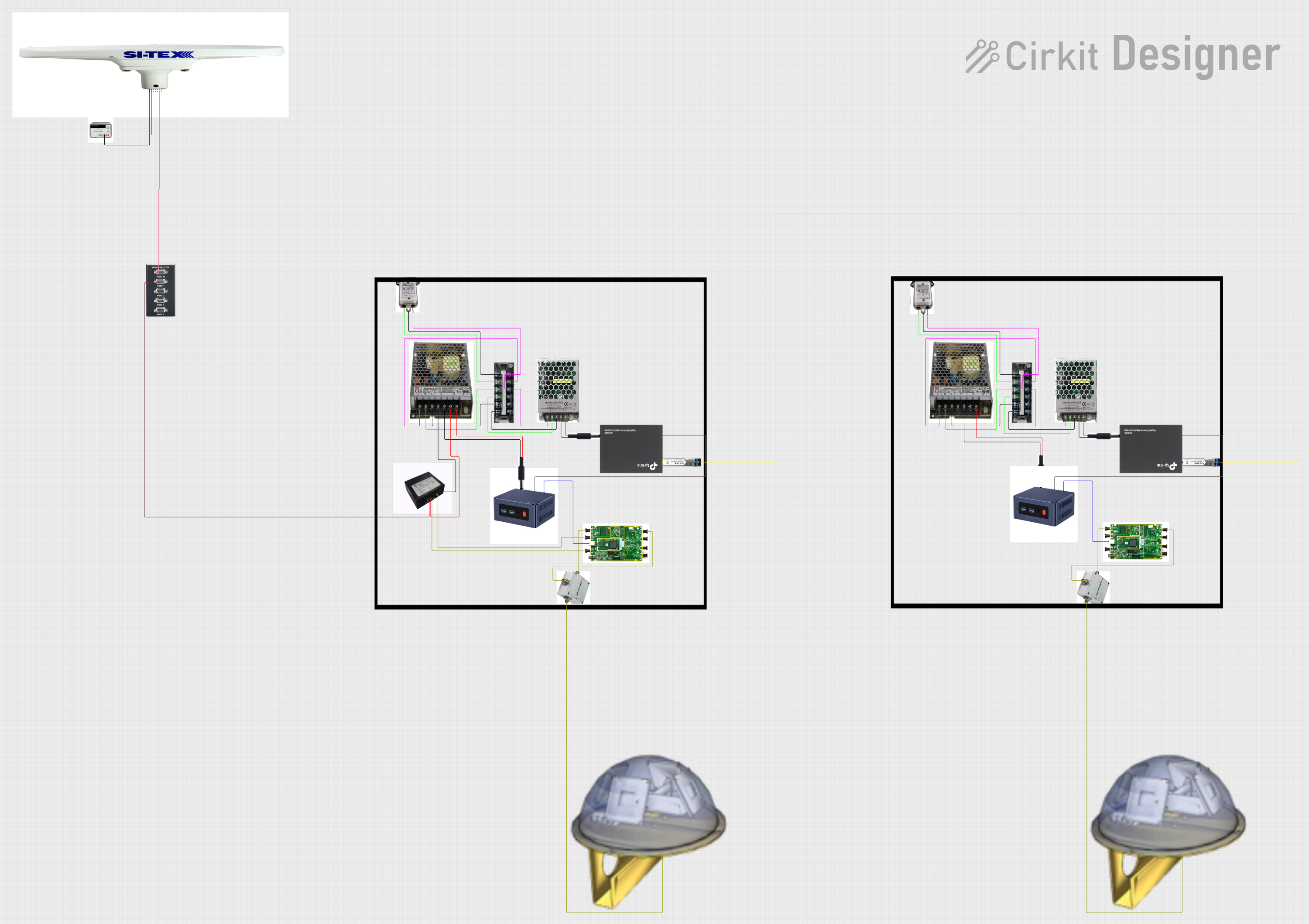
 Open Project in Cirkit Designer
Open Project in Cirkit Designer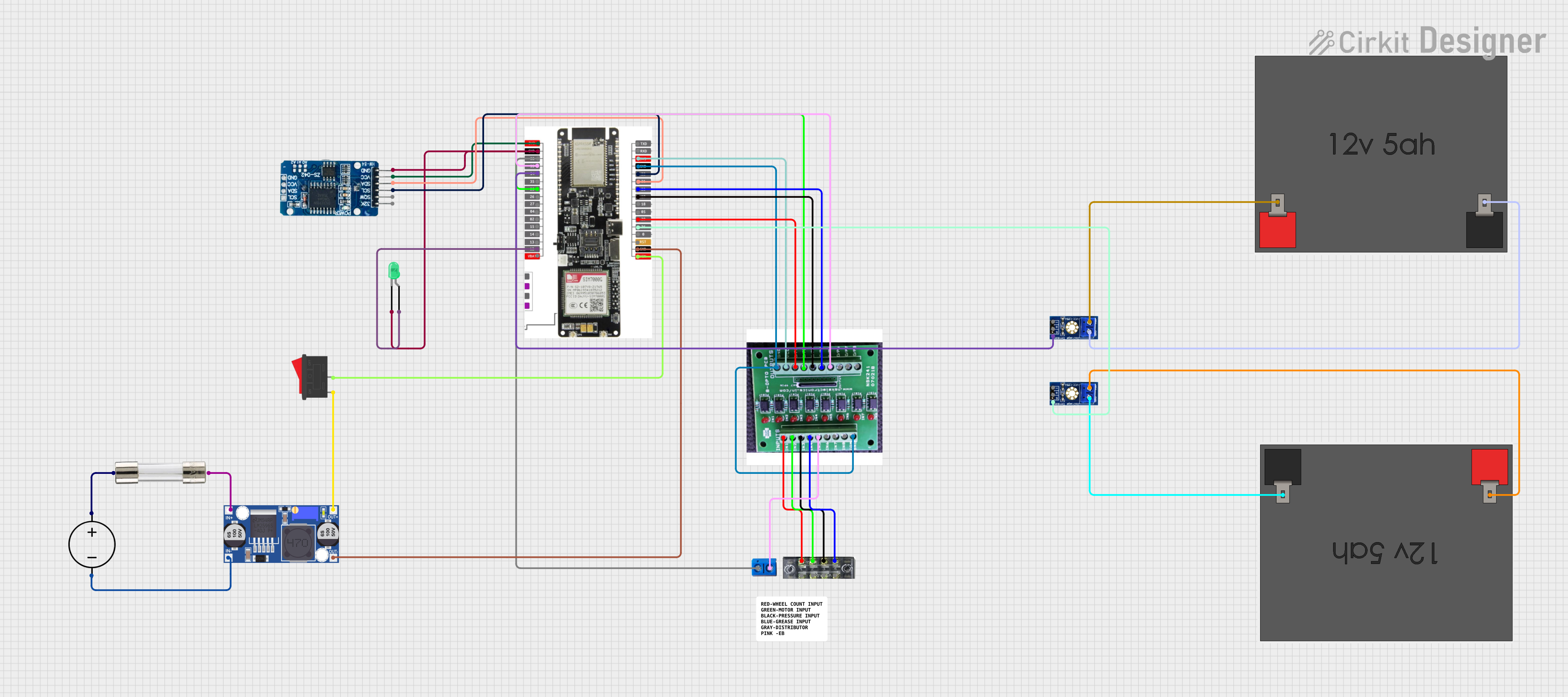
 Open Project in Cirkit Designer
Open Project in Cirkit Designer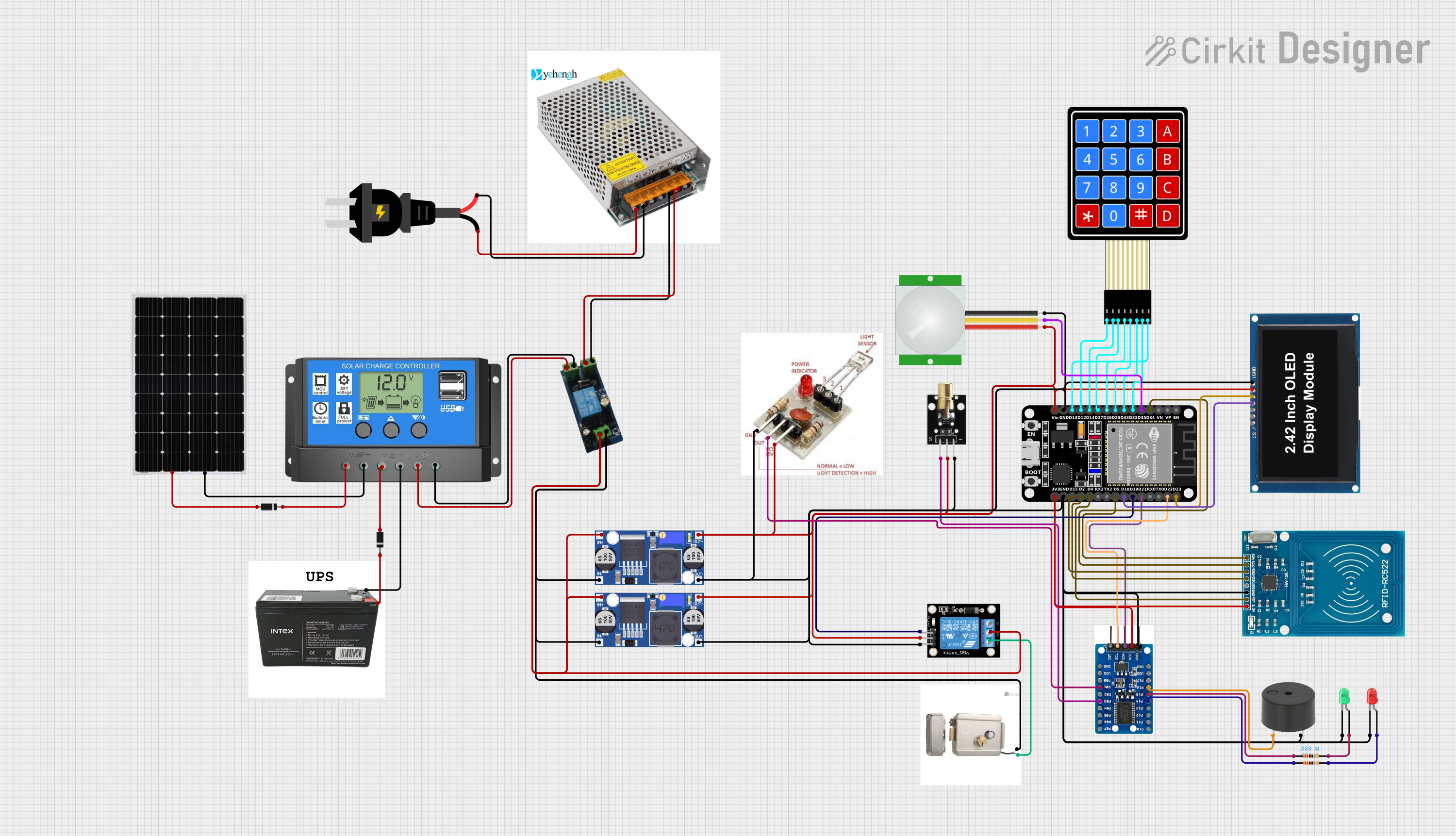
 Open Project in Cirkit Designer
Open Project in Cirkit DesignerExplore Projects Built with ICS-43434

 Open Project in Cirkit Designer
Open Project in Cirkit Designer
 Open Project in Cirkit Designer
Open Project in Cirkit Designer
 Open Project in Cirkit Designer
Open Project in Cirkit Designer
 Open Project in Cirkit Designer
Open Project in Cirkit DesignerCommon Applications
- Smartphones and tablets
- Wearable devices
- Smart home devices (e.g., smart speakers, voice assistants)
- Audio recording equipment
- IoT devices with voice recognition capabilities
Technical Specifications
The ICS-43434 is designed to deliver high-quality audio performance while maintaining low power consumption. Below are its key technical specifications:
| Parameter | Value |
|---|---|
| Supply Voltage (VDD) | 1.62V to 3.63V |
| Signal-to-Noise Ratio (SNR) | 65 dB |
| Acoustic Overload Point (AOP) | 120 dB SPL |
| Frequency Response | 50 Hz to 20 kHz |
| Power Consumption | 650 µA (typical) |
| Output Format | I²S (Inter-IC Sound) |
| Sensitivity | -26 dBFS ±1 dB |
| Operating Temperature Range | -40°C to +85°C |
| Package Dimensions | 3.50 mm × 2.65 mm × 0.98 mm |
Pin Configuration and Descriptions
The ICS-43434 has a 5-pin configuration. The table below describes each pin:
| Pin Name | Pin Number | Description |
|---|---|---|
| VDD | 1 | Power supply input (1.62V to 3.63V). Connect to a stable power source. |
| GND | 2 | Ground. Connect to the system ground. |
| WS | 3 | Word Select (I²S frame synchronization). Determines left or right channel. |
| SCK | 4 | Serial Clock (I²S clock input). Provides the clock signal for data transfer. |
| SD | 5 | Serial Data (I²S data output). Outputs the digital audio signal. |
Usage Instructions
How to Use the ICS-43434 in a Circuit
- Power Supply: Connect the VDD pin to a stable power source within the range of 1.62V to 3.63V. Connect the GND pin to the system ground.
- I²S Interface: Connect the WS, SCK, and SD pins to the corresponding I²S interface pins on your microcontroller or audio processor.
- WS: Connect to the Word Select pin of the I²S interface.
- SCK: Connect to the Serial Clock pin of the I²S interface.
- SD: Connect to the Serial Data input pin of the I²S interface.
- Bypass Capacitor: Place a 0.1 µF ceramic capacitor close to the VDD pin to filter out power supply noise.
- PCB Layout: Ensure proper grounding and minimize noise by using a ground plane and keeping traces short and direct.
Important Considerations
- The ICS-43434 outputs digital audio data in I²S format. Ensure your microcontroller or audio processor supports I²S.
- The microphone is omnidirectional, meaning it captures sound from all directions. Position it appropriately for your application.
- Avoid exposing the microphone to excessive moisture, dust, or mechanical stress during assembly.
Example: Connecting ICS-43434 to an Arduino UNO
The Arduino UNO does not natively support I²S. To use the ICS-43434 with an Arduino, you will need an external I²S interface module or a microcontroller with built-in I²S support (e.g., ESP32). Below is an example code snippet for an ESP32:
#include <driver/i2s.h>
// I²S configuration for the ICS-43434
#define I2S_WS_PIN 25 // Word Select pin
#define I2S_SCK_PIN 26 // Serial Clock pin
#define I2S_SD_PIN 22 // Serial Data pin
void setup() {
// Configure I²S driver
i2s_config_t i2s_config = {
.mode = (i2s_mode_t)(I2S_MODE_MASTER | I2S_MODE_RX), // Master mode, receive data
.sample_rate = 16000, // Sampling rate: 16 kHz
.bits_per_sample = I2S_BITS_PER_SAMPLE_32BIT, // 32-bit data
.channel_format = I2S_CHANNEL_FMT_ONLY_LEFT, // Single channel (left)
.communication_format = I2S_COMM_FORMAT_I2S, // I²S format
.intr_alloc_flags = 0, // Default interrupt allocation
.dma_buf_count = 8, // Number of DMA buffers
.dma_buf_len = 64 // Length of each DMA buffer
};
// Configure I²S pins
i2s_pin_config_t pin_config = {
.bck_io_num = I2S_SCK_PIN, // Serial Clock pin
.ws_io_num = I2S_WS_PIN, // Word Select pin
.data_out_num = I2S_PIN_NO_CHANGE, // No data output
.data_in_num = I2S_SD_PIN // Serial Data pin
};
// Install and start the I²S driver
i2s_driver_install(I2S_NUM_0, &i2s_config, 0, NULL);
i2s_set_pin(I2S_NUM_0, &pin_config);
}
void loop() {
// Buffer to store audio data
uint8_t audio_data[128];
size_t bytes_read;
// Read audio data from the ICS-43434
i2s_read(I2S_NUM_0, audio_data, sizeof(audio_data), &bytes_read, portMAX_DELAY);
// Process the audio data (e.g., send it to a server or save it to storage)
}
Troubleshooting and FAQs
Common Issues
No Audio Output
- Ensure the ICS-43434 is powered correctly (VDD and GND connections).
- Verify that the I²S pins (WS, SCK, SD) are connected to the correct pins on the microcontroller.
- Check the I²S configuration in your microcontroller's code (e.g., sample rate, bit depth).
Distorted Audio
- Ensure the microphone is not exposed to sound levels exceeding its Acoustic Overload Point (120 dB SPL).
- Verify that the I²S clock frequency matches the microphone's requirements.
Excessive Noise
- Place a 0.1 µF bypass capacitor close to the VDD pin to filter power supply noise.
- Minimize electromagnetic interference by keeping traces short and using a ground plane.
FAQs
Q: Can the ICS-43434 be used with a Raspberry Pi?
A: Yes, the ICS-43434 can be connected to the I²S interface of a Raspberry Pi. Ensure the Raspberry Pi's I²S pins are configured correctly in the software.
Q: What is the maximum distance between the ICS-43434 and the microcontroller?
A: To minimize signal degradation, keep the distance as short as possible. Long traces may require additional shielding or buffering.
Q: Does the ICS-43434 require an external ADC?
A: No, the ICS-43434 has a built-in ADC and outputs digital audio data in I²S format.